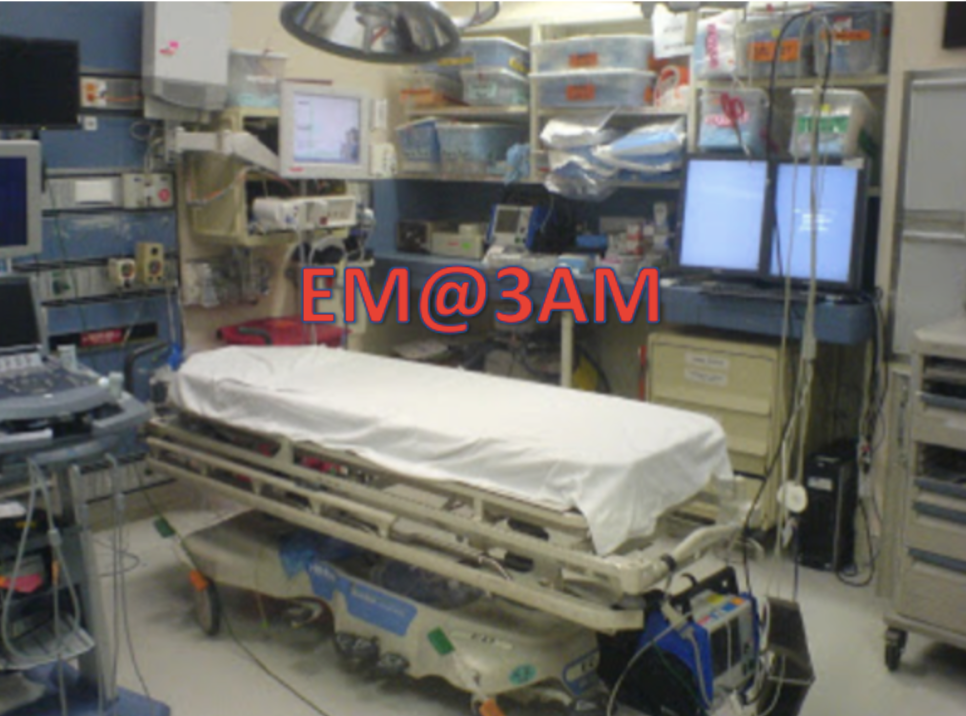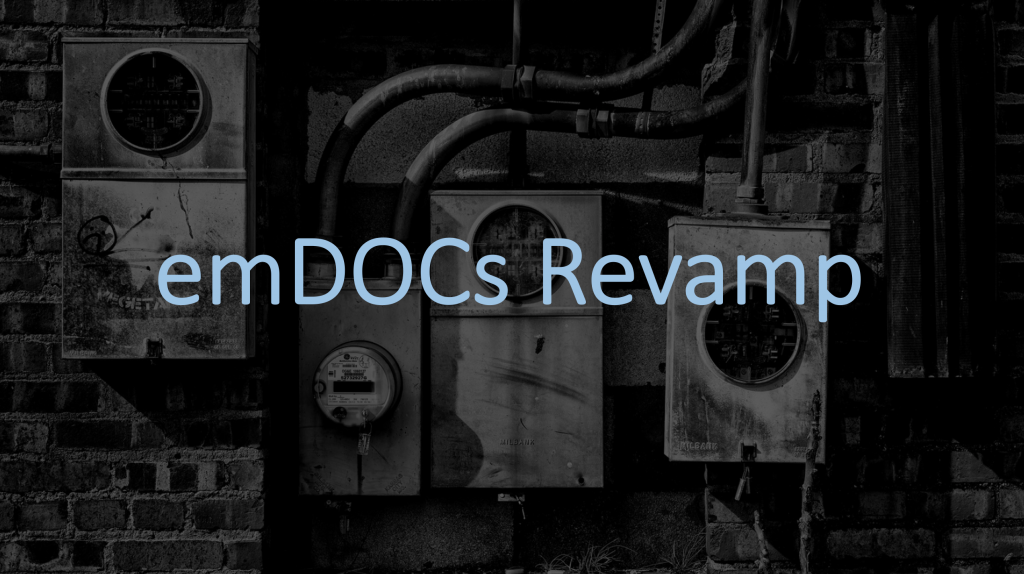EM@3AM: Auricular Hematoma
A 24-year-old male presents to the ED from a mixed marital arts competition after being struck on the side of the right head by a fist earlier today. The patient denies any loss of consciousness, neck pain, vomiting, or use of blood thinners. His vital signs include BP 133/82, HR 76, T 97.5, RR 15, SpO2 99% on room air. On exam there is no periorbital ecchymosis, eye trauma, hemotympanum, facial tenderness, or trismus. On evaluation of the right ear a fluctuant and tender area is noted to the superior portion of the ear. The area of fluctuance measures approximately 3 cm in diameter. What is the diagnosis?
EM@3AM: Auricular Hematoma Read More »

